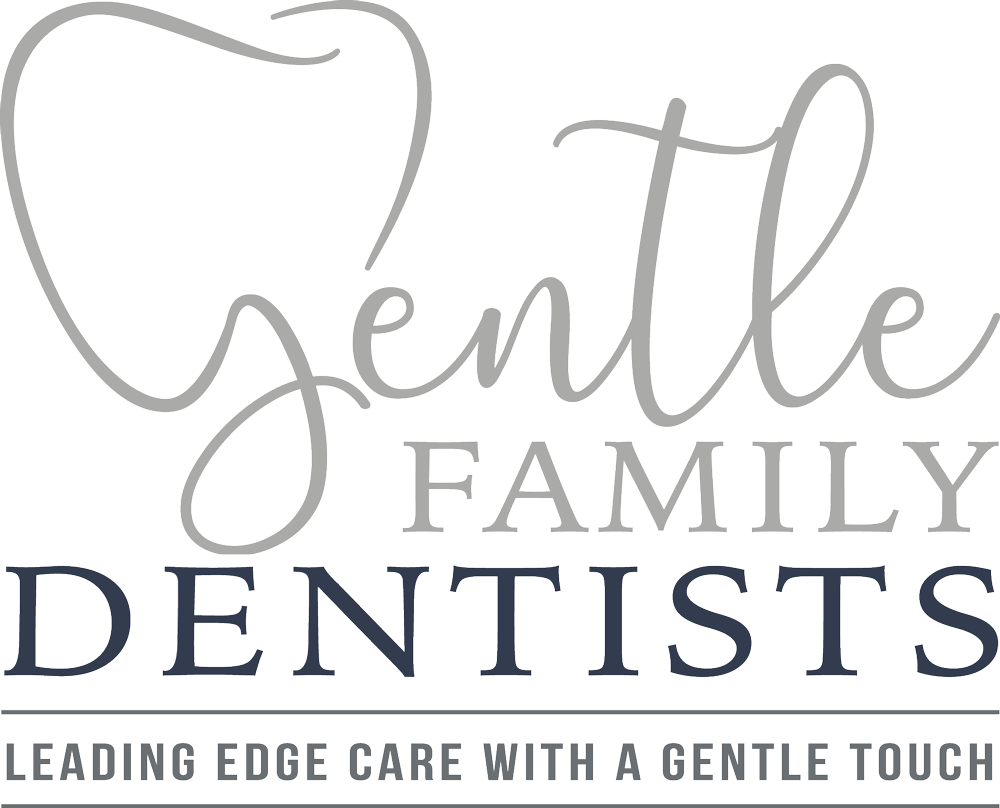Impressions- NO MORE- with the ability to video the mouth with a camera!
Introduction: In recent years, the field of dentistry has witnessed remarkable advancements in
technology that have revolutionized traditional dental practices. One such innovation is the use
of dental scanning and 3D printing to create accurate, patient-specific models.
This cutting-edge technology has proven to be a game-changer for dental
professionals, offering numerous benefits that enhance diagnosis, treatment planning,
and patient satisfaction. In this blog, we will explore the many advantages of dental
scanning.
1. Precise and Accurate Diagnosis: Dental scanning and 3D printing technology
enables precise and accurate diagnosis by providing detailed and high-resolution
models of a patient's teeth and oral structures. These models offer dentists the
ability to examine dental conditions more thoroughly, leading to more accurate
diagnoses. This technology eliminates the need for traditional plaster models,
reducing the risk of errors and ensuring optimal treatment planning.
2. Enhanced Treatment Planning: Dental scans and 3D printed models allow
dentists to meticulously plan treatments with greater precision and efficiency. By
digitally manipulating and simulating various treatment options on the 3D models,
dentists can evaluate the impact of different procedures, anticipate challenges,
and optimize treatment outcomes. This technology provides valuable insights
that contribute to more accurate and effective treatment plans.
3. Patient Engagement and Education: One of the significant benefits of dental
scanning and 3D printing is enhanced patient engagement and education. With
3D models, dentists can visually illustrate dental conditions, treatment options,
and expected outcomes to patients. This immersive experience helps patients
understand their oral health better, enabling them to actively participate in
decision-making processes. Informed patients are more likely to comply with
treatment recommendations and experience higher satisfaction levels.
4. Improved Communication and Collaboration: Dental scanning and 3D printing
facilitate improved communication and collaboration among dental professionals.
With accurate 3D models, dentists, orthodontists, and dental technicians can
share information and consult on complex cases more effectively. Digital models
eliminate the need for physical transportation of plaster casts, saving time, and
reducing the chance of damage. This collaborative approach leads to better-
coordinated and integrated treatment plans.
5. Customization and Personalization: Dental scanning and 3D printing enable the
customization and personalization of dental appliances, such as crowns, bridges,
and aligners, leading to better treatment outcomes. By capturing precise
measurements and replication of dental structures, these technologies allow for
dental prostheses that fit perfectly, providing enhanced comfort and aesthetics for
patients. The ability to customize appliances also ensures better long-term
function and durability.
Conclusion: The integration of dental scanning and 3D printing into dental practices has
transformed the way dental professionals diagnose, plan treatments, and engage with
patients. The benefits of this innovative technology are vast, offering precise diagnosis,
enhanced treatment planning, increased patient engagement, improved communication,
and time and cost efficiency. As dentistry continues to evolve, dental scanning and 3D
printing will undoubtedly play a pivotal role in delivering exceptional patient care

